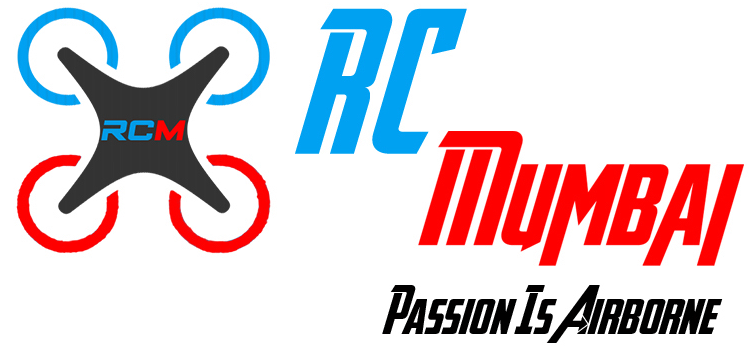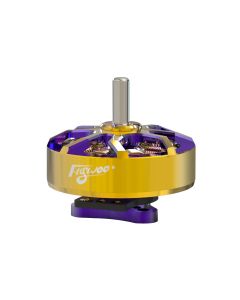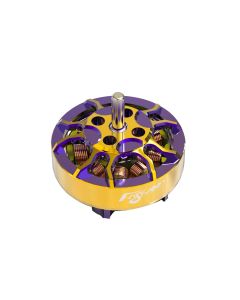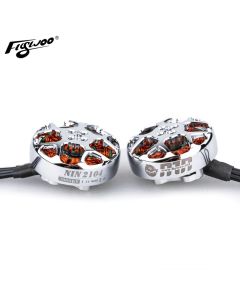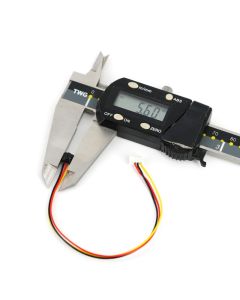Search results for: 'others fpv racing drones fpv racing drone camera'
- Related search terms
- Fpv 5 inch carbon fibre frame size
- Camera Caddx Turbo Micro F2 1/3" CMOS 2.1mm 1200TVL 16:9/4:3 NTSC/PAL Low Latency FPV Camera W/ Microphone -
- FPV Racing Frame kit for RC Drone - 9 inch
- Fpv 5 inch frame
- fpv frame 5 inch propellers 2 blade
-
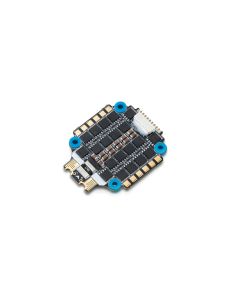 HobbyWing XRotor FPV G2 65A 4in1 ESCSpecial Price ₹6,500.00 Regular Price ₹6,675.36
HobbyWing XRotor FPV G2 65A 4in1 ESCSpecial Price ₹6,500.00 Regular Price ₹6,675.36 -
 Boscam FPV 5.8G 400mW AV Transmitter Module TS353Special Price ₹2,000.00 Regular Price ₹3,003.84
Boscam FPV 5.8G 400mW AV Transmitter Module TS353Special Price ₹2,000.00 Regular Price ₹3,003.84 -
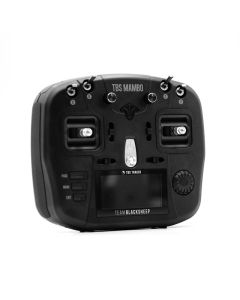 TBS MAMBO - FPV RC RADIO DRONE CONTROLLERSpecial Price ₹15,552.64 Regular Price ₹16,966.51
TBS MAMBO - FPV RC RADIO DRONE CONTROLLERSpecial Price ₹15,552.64 Regular Price ₹16,966.51 -
 Boscam 350mw FPV Kit with Circular Polarized AntennaSpecial Price ₹3,500.00 Regular Price ₹4,631.00
Boscam 350mw FPV Kit with Circular Polarized AntennaSpecial Price ₹3,500.00 Regular Price ₹4,631.00
